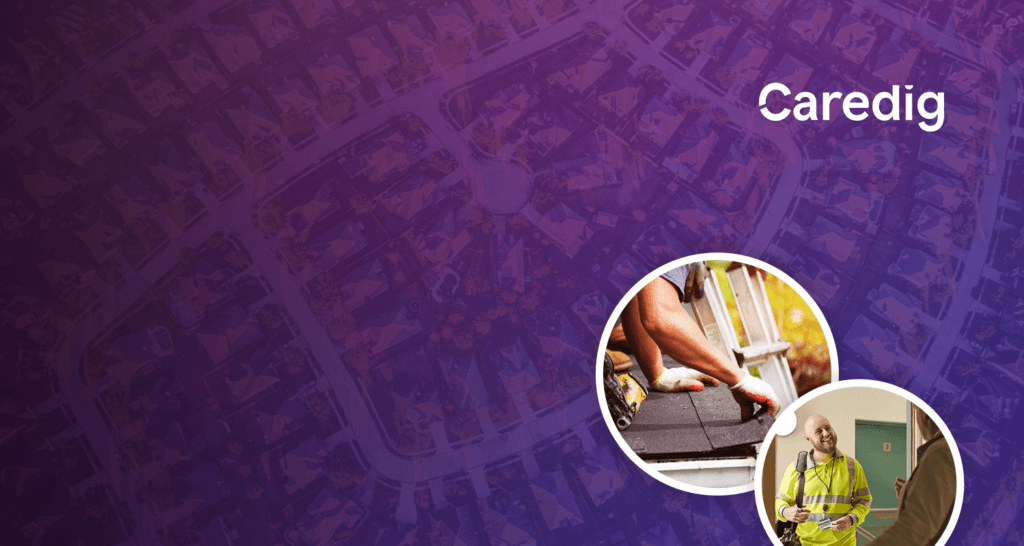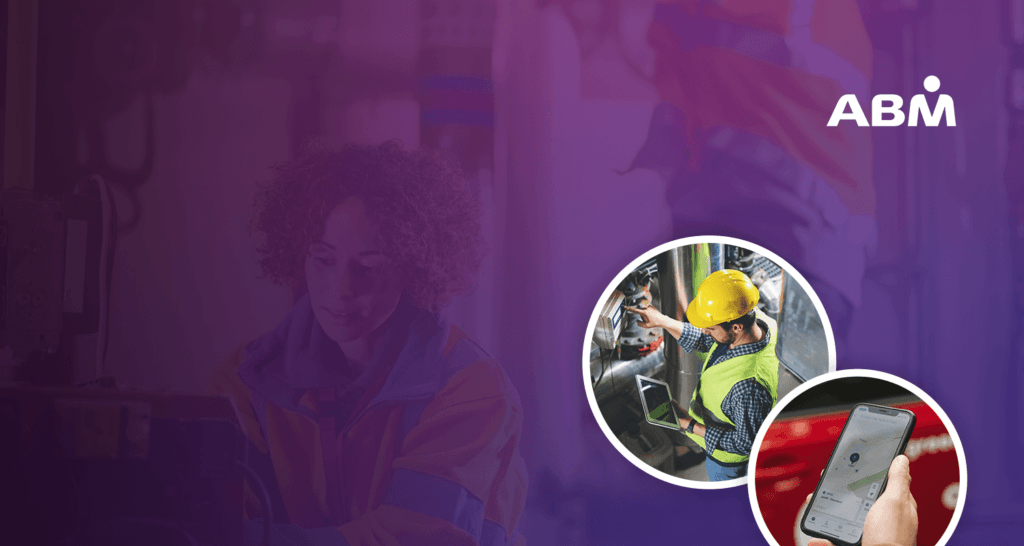Workforce Forecasting | The Complete Guide
Being able to predict the future may sound out of this world. However, in HR and strategic planning, predicting the future goes by the name of workforce forecasting. Workforce forecasting anticipates future demand by combining historical data with predictive analytics.
If that sounds cool to you, then please read on. This guide will dive deep into what workforce forecasting is and the workforce forecasting techniques you should know.
What is Workforce Forecasting?
At its core, workforce forecasting predicts the number of employees required to meet future business needs. It’s about determining how many hands are needed on deck, the specific skill sets available and the capabilities that will be crucial for service delivery.
There are several workforce forecasting models and techniques at play here:
- Historical Data Analysis: History often repeats itself. Patterns and trends emerge by examining your company’s past turnover rate and workforce data. This is your starting point, revealing how your operations have grown and changed over the years.
- Future Demand Estimation: Looking at projected business growth, upcoming projects, and market trends, you will see which resources will be in demand in the coming weeks, months or years.
- Skills Gap Analysis: Identify skills gaps by comparing current workforce capabilities with future demand. This establishes your workforce compositions and where skills shortages exist in a particular team.
Increasingly, workforce scheduling is integrating machine learning and AI. These technologies are helping to enhance the accuracy of predictions, making the workforce planning process more accessible and automated.
Using techniques like these, you can make informed decisions about hiring, training, and staff retention. Moreover, it ties into the broader spectrum of strategic workforce planning. The goal? Ensure your company has the right number of employees with the right skills at the right time.
Workforce Forecasting Definition
Workforce forecasting is a systematic process to predict future staffing requirements based on present and anticipated demand. It’s like a weather forecast for your business operations. It provides a glimpse of your future operations based on real time data. This can help you to:
Why is Workforce Forecasting Neccessary?
The need for effective workforce forecasting is more than just theoretical; real-world data paints a compelling picture. In fact, results from a recent survey by the World Economic Forum revealed that nearly 40% of companies admit to only having a basic understanding or capability for workforce forecasting, often relying on outdated tools or gut feelings.
This lack of effective workforce forecasting can lead to:
Understanding and applying workforce forecasting is pivotal for businesses aiming for longevity and success. Failing to harness its power can lead to missed opportunities, increased costs, and inefficient human resource management. You could say it is more than just a buzzword…
The Core Components of Workforce Forecasting
Demand Planning
What is it? At the heart of workforce forecasting lies demand planning. This is the process of assessing the future needs of your business, be it in terms of the number of employees, specific skill sets, or even the roles that will need to be filled. Think of it as the blueprint detailing the company’s expectations regarding the workforce in line with its business objectives. Not only does it help in aligning hiring strategies, but it also aids in financial planning, ensuring that resources are well-utilised.
Read More: What is Demand Planning and Is It Important?
Real-world Implications: With rapid technological advancements, new roles and specialities emerge regularly. For instance, the rise of artificial intelligence has spiked the demand for machine learning experts. Similarly, the boom in virtual reality tech has led to an increased need for VR and AR developers. Demand planning allows businesses to stay ahead of such tech trends, ensuring they are poised to hire or train the necessary talent to meet these evolving needs.
Historical Data Analysis
Predicting Future Workforce Needs: Past data holds the key to your future operations. By examining historical workforce data, patterns emerge. These patterns reveal how staff requirements have fluctuated over seasons, years, or even economic cycles. This analysis helps businesses forecast more accurately based on objective, tangible trends.
Real-life Scenario: Consider a retail giant like Amazon. By analysing their past hiring trends during holiday seasons, they can anticipate the surge in demand and thus prepare by hiring seasonal staff in advance. This ensures seamless operations during peak times and maximises customer satisfaction.
Internal Supply Analysis
Examining the Current Workforce: It’s vital to take a comprehensive look inward before looking outward. Internal supply analysis is about understanding the current workforce’s strengths, capabilities, and potential growth. Businesses can make informed decisions about training, promotions, or role shifts by evaluating existing skill sets, performance metrics, and even employee aspirations.
Benefits of Internal Supply Analysis: The benefits are twofold. First, companies can save substantially on hiring external candidates by recognising and nurturing internal talent. Second, this proactive approach boosts employee morale and retention, as they feel valued and see clear growth paths within the organisation.
Gap Analysis and Action Planning
Understanding Current Talent and Future Needs: After determining the future demand and evaluating the existing workforce’s capabilities, the next step is identifying the discrepancies or “gaps.” This analysis highlights where the company might fall short in meeting its future workforce requirements.
The Benefits of Workforce Forecasting
Linking to Strategic Planning
Workforce forecasting is not an isolated process; it’s an integral cog in the wheel of strategic planning. It’s about ensuring the organisation has the right talent in the right places to achieve its long-term business objectives. For instance, if a company’s strategic plan involves expanding into new markets in the next three years, workforce forecasting helps determine the type and number of employees needed to support this growth.
Enhancing Talent Retention and Development
Forecasting goes beyond just hiring. It also includes developing and retaining the talent you already have. When employees see that their organisation is planning for the future – and they’re a part of that future – it boosts morale and job satisfaction. This leads to lower turnover rates and more in-house expertise being cultivated over time.
Adaptability in a Dynamic Market
In the 2020s, market conditions, technologies, and consumer preferences change rapidly. Companies that can adapt swiftly to these shifts gain a competitive edge. Workforce forecasting aids in this adaptability. By anticipating future talent needs, businesses can quickly pivot, ensuring they’re always ahead in the market.
Efficient Deployment of Workforce
Knowing where your workforce demands will spike or dip means organisations can allocate resources more efficiently. This avoids the costs and disruptions of last-minute hiring or having an overstaffed department.
Popular Techniques in Workforce Forecasting
Steps to Implementing Workforce Forecasting
Beyond these steps, understanding the technology driving this forward is key. Check out this article to learn more about the technology and software putting these steps and the techniques outlined earlier into practice: Automated Workforce Scheduling
Best Practices in Workforce Forecasting
Setting KPIs: Key Performance Indicators (KPIs) measure the success and efficiency of your forecasting. Common KPIs in workforce forecasting include:
- Accuracy percentage (how close forecasts are to actual outcomes).
- Time-to-fill for job positions.
- Employee turnover rates.
Collaboration
Effective forecasting isn’t a siloed process. Engaging multiple stakeholders, from department heads to team leads and even frontline employees, can provide diverse insights, refining the forecasting model.
Regular Evaluation
Continually assess your predictions against actual outcomes. This iterative evaluation points out discrepancies and helps refine future forecasts.
Integrate with Talent Management
Align your forecasting efforts with broader HR initiatives. For instance, if your forecast indicates a need for more software developers next year, your talent management strategy might focus on training and upskilling current employees or recruiting top-tier talent.
Data Utilisation
Data is the backbone of forecasting. Utilising big data, machine learning, and analytics can significantly enhance the accuracy of your forecasts. Ensure that your data sources are credible, and use sophisticated tools to derive actionable insights.
Incorporating these steps and best practices ensures a robust workforce forecasting model that aligns with business objectives and is poised for future challenges. Remember, forecasting isn’t a one-time task but an ongoing process that requires attention, refinement, and collaboration.
Closing Thoughts
For businesses, big or small, investing time and resources into refining their forecasting techniques can yield considerable dividends. As the old saying goes, “Failing to plan is planning to fail.”
Businesses like yours can reduce overheads and efficiently meet their strategic goals through effective forecasting. If you haven’t already, it’s time to prioritise workforce forecasting in your strategic plans.
















